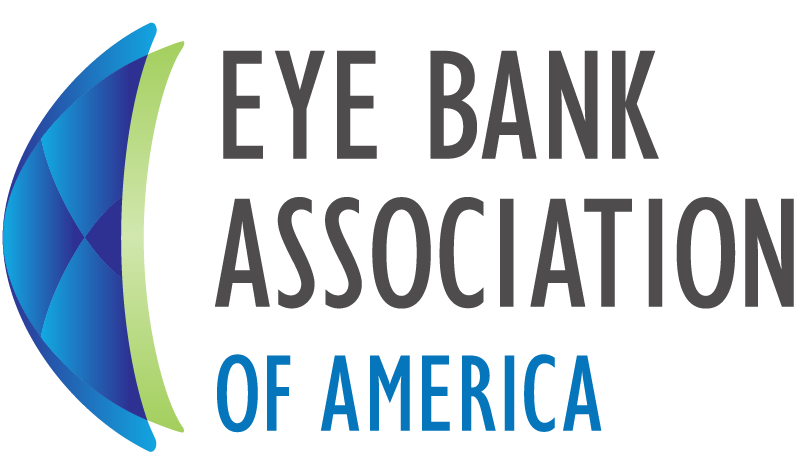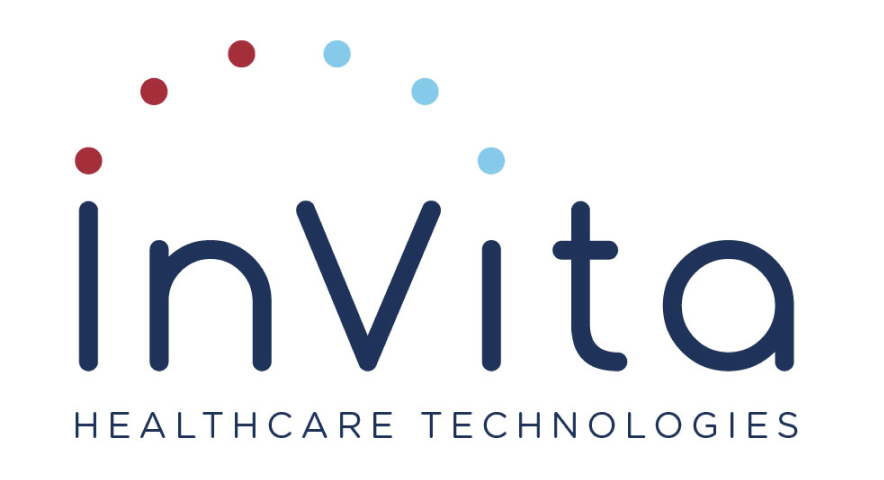Eye banking has been in practice for more than a century. Thanks to the creation of the EBAA in 1961, cornea donation, eye banking, and cornea transplantation evolved tremendously. Since being founded, EBAA members have provided tissue for more than 2 million life-transforming transplants – an immeasurable positive impact of sight restoration.
-
1905
First Cornea Transplant
The first successful full thickness transplant was performed by Dr. Eduard Zirm

-
1944
First Eye Bank Founded
The first eye bank was founded by Dr. R. Townley Paton. Established in New York City, the Eye-Bank for Sight Restoration remains an active member of EBAA.

-
1955
Conceptualization of EBAA
Under the auspices of the American Academy of Ophthalmology and Otolaryngology (AAO&O), a group of eye bankers, physicians, and medical groups begin discussions about establishing a distinct organization for eye banking.
-
1961
AAO&O Committee Forms the Eye-Bank Association of America (EBAA)
The AAO&O’s convened and created an association named the Eye-Bank Association of America. It was decided that the EBAA would be governed by a Board of Directors and House of Delegates, with the AAO&O Committee of Eye Banks serving as its Medical Advisory Committee. Starting with 38 founding eye banks, EBAA membership now stretches in Canada, Puerto Rico, and around the world.

-
1962
First Report of Eye Banking Activity
The first report of eye banking activity was published in 1962, reporting that 2,000 corneal transplants were performed the year prior (1961). Data was collected every five years through 1976, and annually thereafter. Today it is known as the Eye Banking Statistical Report.
Early reports detailed the sources and uses of eye and corneal donations, and offered an analysis of trends within eye banking. They included number of individuals on the transplant waiting list at the end of the year, with an average 1-2 month waiting time in North America.
These early reports included the total number of donations not used for medical/safety reasons, rather than the detailed analysis of contraindications seen today. Over the years, we have stratified the data by type of keratoplasty, the surgical intentions for transplant, along with other characteristics. Separate statistics for corneas provided for use outside the U.S. are also maintained.
In 2011, we launched EBAA Connect, a real-time web-based statistical reporting and analysis program so members can provide their data monthly. In 2021, we replaced EBAA Connect with a new Statistical Information System, E-StatIS, offering a more intuitive user interface and enhanced analytics and bench marking capabilities.
-
1980
EBAA Medical Standards
The EBAA Medical Standards were created. At the June 1980 EBAA Annual Meeting, the first set of medical standards were adopted.
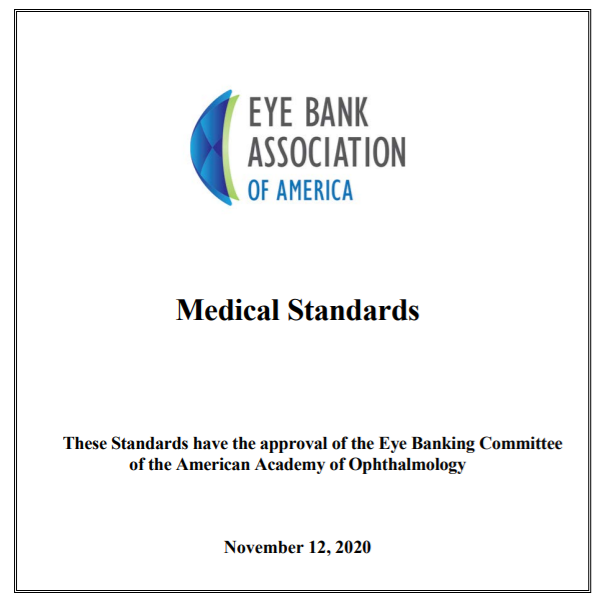
-
1981
EBAA Accreditation Program and CEBT Certification Established
Immediately following the introduction of EBAA’s medical standards, the association established an eye bank accreditation program to ensure compliance with the Standards. More than 40 years later, our Accreditation Program remains the gold standard in supervision of eye banking processes.
The certified eye bank technician (CEBT) certification was also created in 1981, to enhance the skills, knowledge, and professionalism of eye bank technicians and leaders.
-
1985
Advances in Tissue Preservation
The most significant barrier to increasing the number of corneal transplants was the limited ability to preserve tissue after recovery. These obstacles were largely overcome when Herbert E. Kaufman, MD, et. al. introduced the k-sol preservation medium. It preserved tissue for up to seven days with refrigeration. At the same time, Donald Doughman, MD, developed the organ culture technique, allowing for up to 33-days of storage at room temperature.

-
1990
Adverse Reaction Reporting
EBAA instituted an adverse reaction reporting system to allow eye bankers and physicians to study, understand, and resolve the causes of adverse reactions in transplanted corneas. The written system was replaced by an online version in 2004. EBAA member eye banks are required to seek post-operative reports from surgeons for every cornea they place, and these reports are discussed at every Medical Advisory Board meeting.

-
2001
The Mary Jane O’Neill Fellowship for International Eye Banking is Established
Established in honor of Mary Jane O’Neill, long-time executive director of the Eye-Bank for Sight Restoration from 1980 to 2000, this fellowship funds one international eye bank professional to travel to the U.S., attend the EBAA annual meeting, and spend two weeks observing operations at an EBAA-host eye bank.
-
2005
Endothelial Keratoplasty Surgeries Performed / Povidone-Iodine Required to be Used
First endothelial keratoplasty surgeries are performed; these transplants use only one layer of corneal tissue, rather than the entire cornea. This reduces recovery time and the risk of post-surgical complication. Today, ultra-thin EK tissue prepared by EBAA-member eye banks can be as little as 25 microns thin – one quarter the thickness of a human hair.
Providone-iodine kills fungus, viruses, and other foreign bodies on donor tissue; its application has been required by EBAA’s Medical Standards since 2005. Eye banks continue to use providone-iodone during tissue recover; it is known to kill the COVID-19 virus.
-
2006
UAGA Revised
The Uniform Anatomical Gift Act is a Federal Code that directs state legislation and regulations regarding organ, eye, and tissue donation. This revision significantly increased the number of donors accessible by reaffirming that donation is an individual’s decision, and that family members cannot overrule the donor’s wishes. This resulted in tens of thousands more live-saving organs and hundreds of thousands more corneas and tissues.
-
2007
CMS Revises Medicare Reimbursement
All EBAA-member eye banks are non-profit organizations, and almost all exclusively provide corneal tissue. When Medicare reimbursement policy was revised to reimburse eye banks 100% of their direct cost to recover, process, and deliver corneal tissue, waiting lists for corneal transplants were quickly cleared and never returned. This is because eye banks could focus their efforts on tissue recover and processing without needing to conduct fundraising efforts to keep their doors open.
To this day, EBAA-member eye banks do not profit from donors; any surplus funds are returned to their operational budget or used to provide reduced-fee tissue to financially-challenged patients.
-
2011
The Physician Leadership Program is Established
Recognizing that EBAA and the eye banking profession would benefit by engaging corneal surgeons as soon at they started practice, EBAA established its Physician Leadership Program to introduce younger surgeons to eye banking. Attendees engage in a two-day program led by seasoned eye bankers and physicians who share all elements of the eye banking process. Program topics include tissue donor evaluation, tissue recovery and processing, and personal leadership and career development.
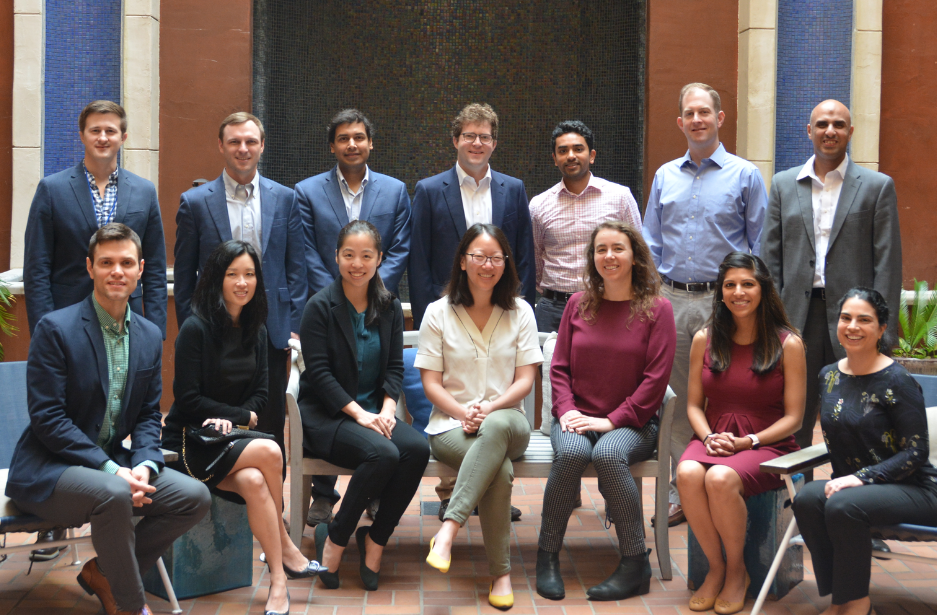
-
2017
eyeLEARN Established
EBAA established eyeLEARN, EBAA’s online education portal. This online portal allows individuals to access resources, sessions, and event recordings on their own schedule from their home or office.
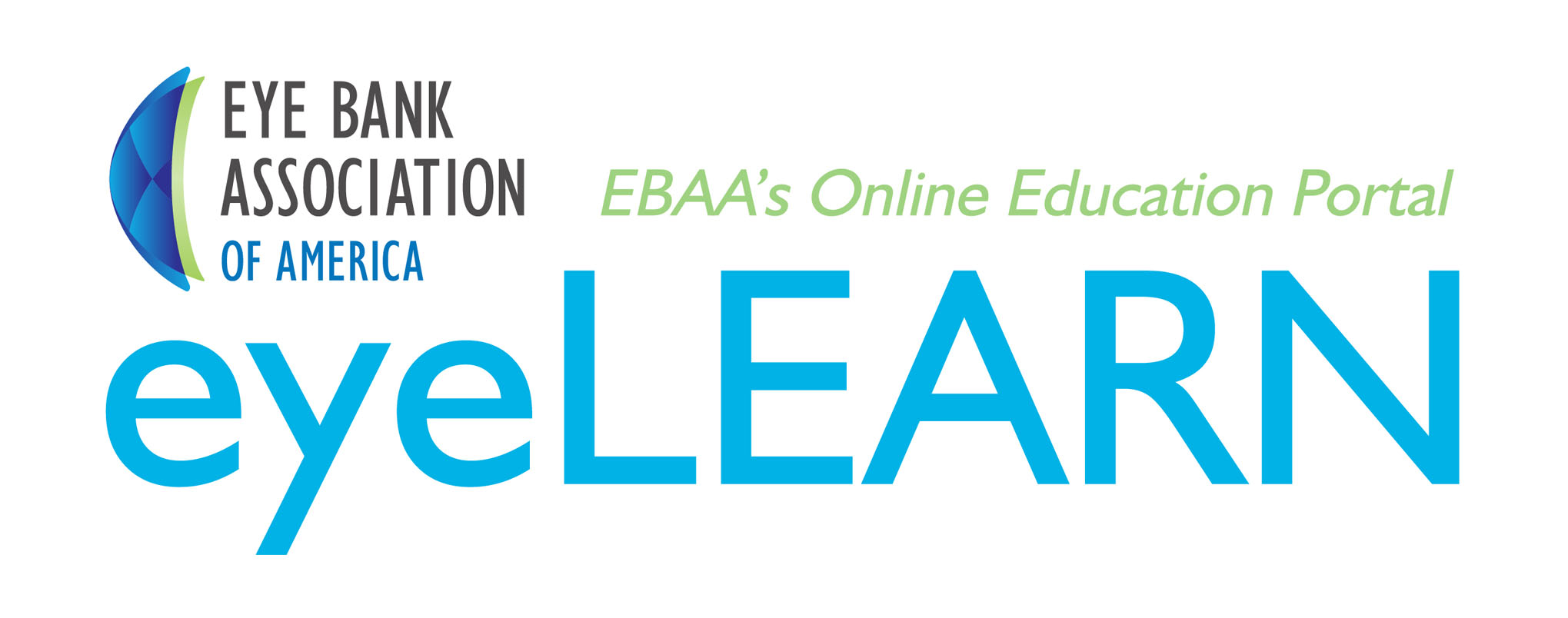
-
2018
High Impact Grant, Injected Endothelial Cells, and First 3D Cornea
EBAA releases the High Impact Research Grant to fund research at a higher amount.
First round of human trials of injected endothelial cells
Researchers in the UK release first 3D printed artificial cornea
-
2019
2 Million Transplant Milestone Reached
Sometime in September 2019, the two-millionth cornea provided by an EBAA-member eye bank was transplanted – restoring sight and transforming the life of a grateful recipient. We are humbled by the impact our work has on the people we serve.
-
2021
EBAA Celebrates 60 Years
In 2021, EBAA is celebrating 60 years of leadership and innovation in the field of eye banking and sight restoration. Take a closer look at some of EBAA’s milestones on the EBAA Anniversary page.
2022 and Beyond
EBAA continues to support members as the association leads, innovates, and strengthens eye banking, cornea donation, and cornea transplantation professions. See our News & Stories for the latest from EBAA and our Members.
